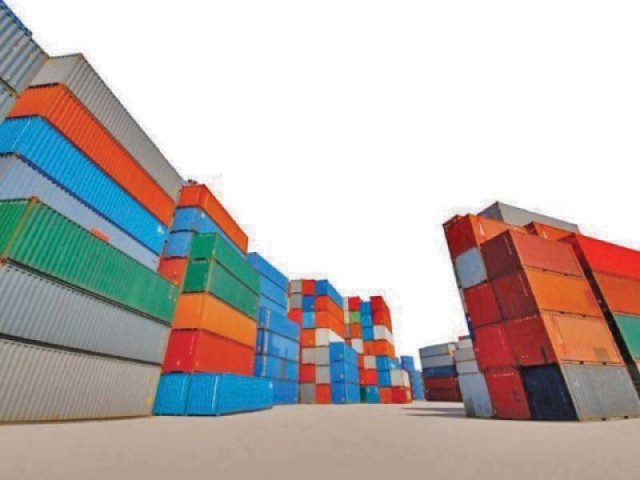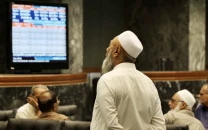'Pakistan must shift to high value-added exports'
It will help sustain high growth levels, overcome balance of payments crisis

Due to capital and high value-added imports, the import bill surpasses export revenues, resulting in an unsustainable current account deficit. PHOTO: FILE
They ask whether Pakistan will be able to break out of this cycle of balance of payments crisis if it changed the nature of goods it exported.
A research conducted by the Lahore School of Economics concluded that a shift towards higher value-added exports, characterised by high income and price elasticities, was the only realistic way for Pakistan to realise sustained levels of higher economic growth.
It pointed out that Pakistan was again faced with an unsustainable balance of payments crisis and was on the brink of taking another stabilisation programme. While there is a tendency to blame different policy-makers, the actual problem is the structural issue in the economy which, if left unaddressed, will lead to continuation of the cycle of balance of payments crisis.
More specifically, owing to a narrow export base (concentrated in low value-added textile exports) and a relatively inelastic import base, the value of imports rises to unsustainable levels while exports increase only marginally.
“This leads to a balance of payments crisis which is addressed by the usual troika of policies - devaluation, monetary contraction and fiscal contraction,” the research added.
Pakistan's current account deficit contracts 29.5% to $9.6b
Exports are mainly concentrated in textile and agricultural sectors. According to the United Nations Commodity Trade Statistics (UN Comtrade), Pakistan is the most effective exporter of rice, fruits, fish, cotton, leather apparel, cotton fabrics, linen, suits and ensembles and collector pieces and antiques. These products are included in low value-added categories and basic manufactured items.
In contrast to that, the main imports of Pakistan comprise petroleum products, power generating machinery, electrical machinery and apparatus, palm oil, iron and steel, plastic material, LNG and raw cotton. Naturally, due to capital and high value-added imports, the import bill surpasses export revenues, resulting in an unsustainable current account deficit, it said.
Given the low value-added exports and capital imports, any attempt to uplift GDP sparks fears of a balance of payments crisis.
“This is because, if GDP growth surpasses a certain level, in order to produce more goods and services to maintain or further increase that rate, the imports of essential products increase exponentially,” the research said.
Since the export structure remains the same and export quantities are largely determined by foreign markets, the revenues from exports stay stagnant. As a result, the current account deficit soars and since it is not possible to finance it for an indefinite time period, it eventually leads to the balance of payments crisis.
It was found that average real economic growth in Pakistan from 1980 to 2017 was 4.61% whereas the balance of payments constrained growth rate for the same time period was 4.5%.
“This suggests that Pakistan has been growing at approximately the same level of its balance of payments constrained growth rate, hence, to simultaneously increase the GDP growth rate and avoid the balance of payments crisis, it is imperative to broaden the export base.”
The research also simulated the outcome in the current account as a result of devaluation under three scenarios based on estimated export and import demand functions.
It incorporated a conservative estimate for domestic GDP growth, IMF forecasts for international GDP growth and three different exchange rates, ie Rs140, Rs150 and Rs160 against the dollar.
In each of these scenarios, the results showed that while the current account deficit improves, it was due to the reduction in imports and not due to any significant increase in exports.
“Ultimately, the policy of devaluing the rupee does little to boost exports and eventually restricts economic growth at or below 4.5%,” it added.
Published in The Express Tribune, April 20th, 2019.
Like Business on Facebook, follow @TribuneBiz on Twitter to stay informed and join in the conversation.


















COMMENTS
Comments are moderated and generally will be posted if they are on-topic and not abusive.
For more information, please see our Comments FAQ